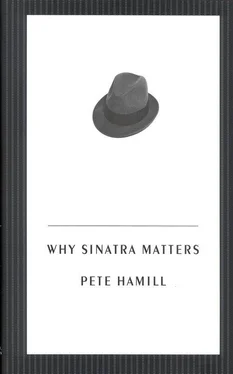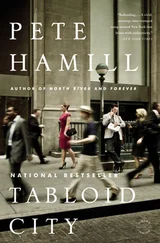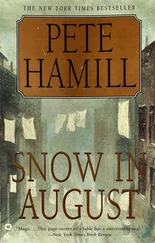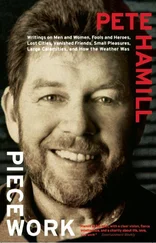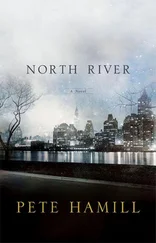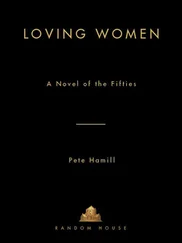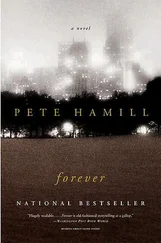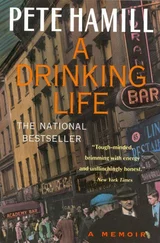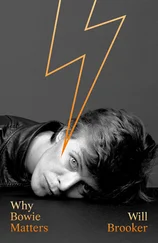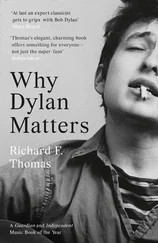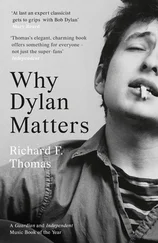Sinatra, however, did matter in other ways. He wasn’t simply an entertainer from a specific time and place in American life who lived on as a kind of musty artifact. Through a combination of artistic originality, great passion, and immense will, he transcended several eras and indirectly helped change the way all of us lived. He was formed by an America that is long gone: the country of the European immigrants and the virulent America-for-Americans nativism that was directed at them; the country in which a mindless Puritanism, allied with that scapegoating nativism, imposed Prohibition upon the land and helped create the Mob; a country undergoing a vast transformation from a fundamentally rural society to one dominated by cities; a country that passed through Depression and war into the uncertain realities of peace. They were extraordinary times, and in his own way, driven by his own confusions, neuroses, angers, and ambitions, Frank Sinatra helped push the country forward.
This book is about the accomplishments of Frank Sinatra and why he matters. Some of it is personal, because for a while, I was friendly with Sinatra, talked with him in saloons, in Las Vegas, even for a few days one year in Monte Carlo. At one point he wanted me to write his autobiography; it never happened, for reasons that are no longer important. But in the course of discussing his life, he talked about himself in ways that still had an element of wonder to them; part of him still could not believe that he had become the legend he was. To be sure, we were not friends in any conventional way; I did not visit his home and he did not visit mine. Only a very few intimate friends ever had such access, and I was certainly not one of them. But I liked him enormously.
He was wonderful with children, including my two daughters. He was funny. He was vulnerable. I never saw the snarling bully of the legend. That Frank Sinatra certainly existed; on the day that his death made all those front pages, there were too many people who remembered only his cruelties. But he never showed that side of himself when I was around. On those nights, I was in the company of an intelligent man, a reader of books, a lover of painting and classical music and sports, gallant with women, graceful with men. Perhaps he was just donning a mask in my company, presenting images to a writer so that they would be remembered by the writer in a certain way: a kind of performance. Or perhaps the snarling bully was the true masked character, a clumsy personal invention, and behind the mask there was simply a young man afraid of the world. Or perhaps, by the time I knew him, he had just grown out of his angers, exhausted them, and settled for what he was and the way he was regarded. I don’t know. Like all great artists, Frank Sinatra contained secret places, abiding personal mysteries, endless contradictions. On occasion, a curtain would part, there would be a moment of epiphany, and I could see the uncertain older man who wanted to understand what it all meant, the man who said that dying was a pain in the ass. I liked that man very much.
This book does not pretend to be the final word on Frank Sinatra. Several full-scale biographies have already been written, each with its attendant excellencies; more are sure to follow. But there were aspects of this man that should be remembered and honored. In Sinatra’s time, his fame as a singer spread from his own country to the world. His turbulent personality, often shadowed by notoriety, seemed inseparable from the style and originality of his art and gave him an essential place on the public stage of the American century. Now Sinatra is gone, taking with him all his anger, cruelty, generosity, and personal style. The music remains. In times to come, that music will continue to matter, whatever happens to our evolving popular culture. The world of my grandchildren will not listen to Sinatra in the way four generations of Americans have listened to him. But high art always survives. Long after his death, Charlie Parker still plays his version of the urban blues. Billie Holiday still whispers her anguish. Mozart still erupts in joy. Every day, in cities and towns all over the planet, someone discovers them for the first time and finds in their art that mysterious quality that makes the listener more human. In their work all great artists help transcend the solitude of individuals; they relieve the ache of loneliness; they supply a partial response to the urging of writer E. M. Forster: “Only connect.” In their ultimate triumph over the banality of death, such artists continue to matter. So will Frank Sinatra.
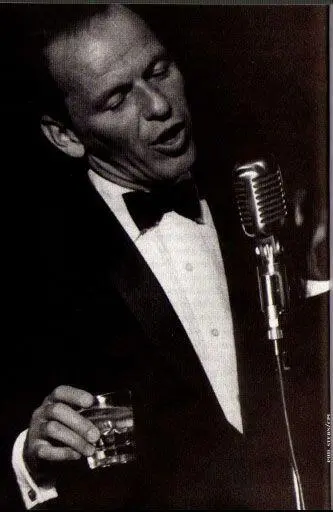
HE HAD COME A LONG WAY TO THIS BLUE LAWN AND HIS DREAM MUST HAVE SEEMED SO CLOSE THAT HE COULD HARDLY FAIL TO GRASP IT. HE DID NOT KNOW THAT IT WAS ALREADY BEHIND HIM, SOMEWHERE BACK IN THAT VAST OBSCURITY BEYOND THE CITY, WHERE THE DARK FIELDS OF THE REPUBLIC ROLLED ON UNDER THE NIGHT.
— F. SCOTT FITZGERALD,
The Great Gatsby
I’M FOR WHATEVER GETS YOU THROUGH THE NIGHT.
— FRANK SINATRA
THIS WAS ON A NEW YORK midnight in 1970. A hard spring rain had emptied Third Avenue, and neon lights scribbled garishly across the glistening black asphalt. From the front window of P. J. Clarke’s saloon, you could see a few taxis cruising slowly among the spokes of ruined umbrellas and a trash basket lying on its side, its contents turning to pulp. Across the street, two old rummies huddled in the doorway of an antique store.
On this night in the rain-drowned city, we were safe and dry at an oak table in the back room of the saloon. Clarke’s was, and remains, a place out of another time, all burnished wood and chased mirrors, Irish flags and browning photographs of prizefighters. A few aging men at the long, bright bar could gaze out the windows and still see the Third Avenue El, gone since 1955, or the Irish tenements that were smashed into rubble and replaced with steel-and-glass office buildings. They were each drinking alone and looked as if they remembered other nights too, evoked by the music of the jukebox.
What good is the scheming, the planning and dreaming,
That comes with each new love affair …
The man singing for the lonesome men at the bar was at our table. Or more precisely, we were at his table. Anytime Frank Sinatra sat down at a table, it became his table. On this night he was in New York for a concert and he was in good spirits. To begin with, the hands of the clock had passed twelve, and he was in a large city, specifically the hard, wounded metropolis of New York. For decades now, Sinatra had defined the glamour of the urban night. It was both a time and a place; to inhabit the night, to be one of its restless creatures, was a small act of defiance, a shared declaration of freedom, a refusal to play by all those conventional rules that insisted on men and women rising at seven in the morning, leaving for work at eight, and falling exhausted into bed at ten o’clock that night. In his music, Sinatra gave voice to all those who believed that the most intense living begins at midnight: show people, bartenders, and sporting women; gamblers, detectives, and gangsters; small winners and big losers; artists and newspapermen. If you loved someone who did not love you back, you could always walk into a saloon, put your money on the bar, and listen to Sinatra.
Here in one of the late-night places of an all-night city, Sinatra was wearing a dark suit, a perfectly knotted red tie, a pale blue shirt, silver cuff links, and was drinking Jack Daniel’s. He was still lean then. The famous face remained an arrangement of knobs and planes that didn’t assemble into any conventional version of masculine handsomeness but had an enormous vitality; it was a face that defeated painters and seduced photographers. His eyes were bright and blue (although nobody had yet called him Old Blue Eyes), and the mouth was mobile and expressive. He had a wonderful smile. The voice, of course, was a whiskey-and-cigarettes baritone.
Читать дальше
